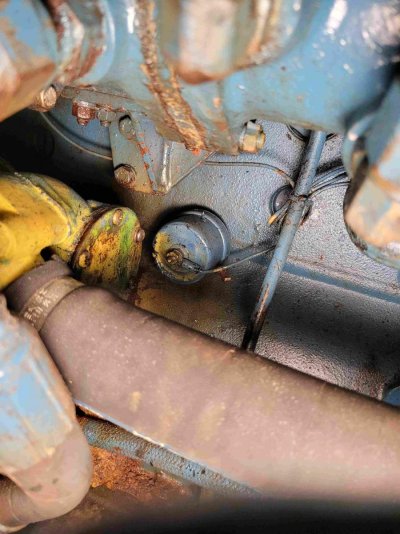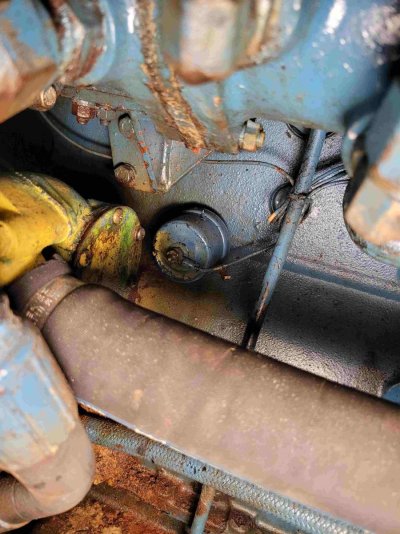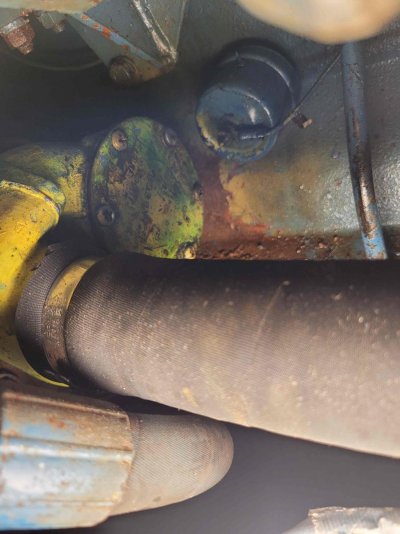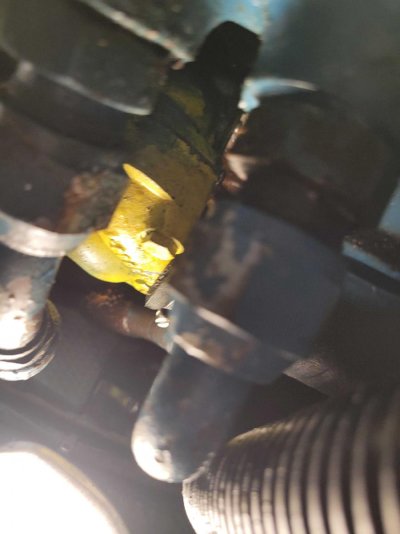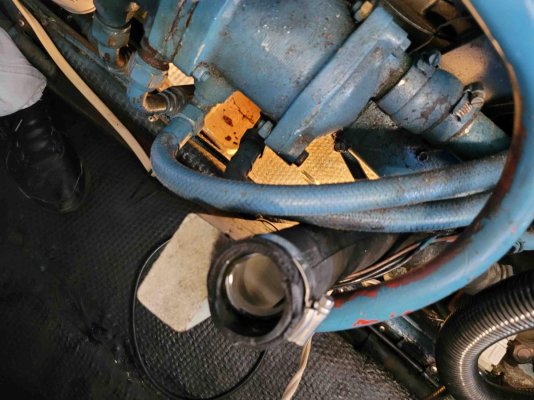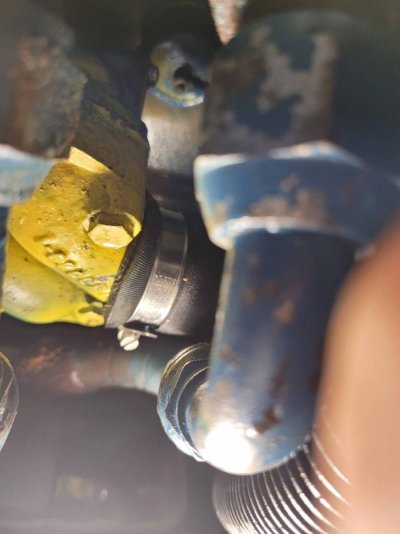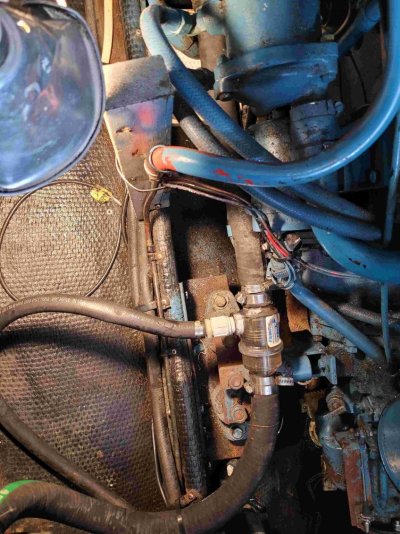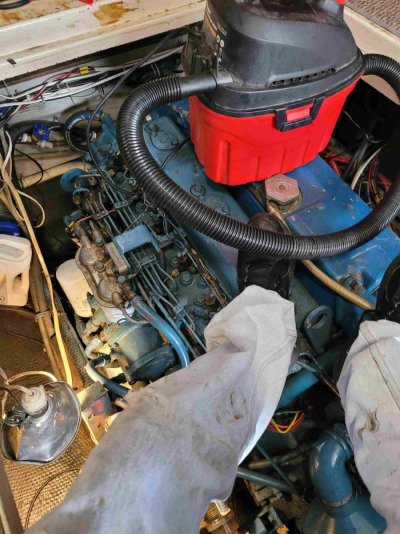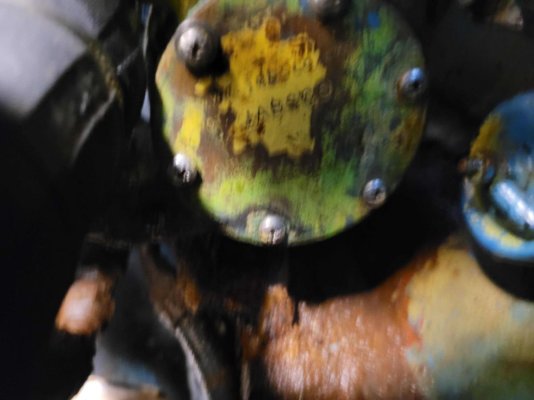Always lots of great advice, as usual. Have to admit I’d not attempted to do an impeller change until last year myself, but felt it was an essential skill because of being caught out underway or at a remote anchorage, and always carry at least a spare!
I went with Twisted Tree’s advice and carry new spares, I don’t want to have to do this more than once, because you would doubt the service life of a used one if replaced due to a an unforeseen failure.
Having Cat 3208NA’s, it far easier to disconnect the water hoses and unbolt the three engine mounted bolts and remove them from the engines, which takes just a few minutes.
Impeller removal was with two screw drivers, unfortunately, because I didn’t like to lever against the soft bronze pump housing. I used a couple of pieces of cut up plastic bottle to prevent leverage damage, but will invest in a removal tool.
Because the pumps were off the engines, and once lubed, impellers just slid straight in with a slight hand twist, a lanolin grease smear on the cover/wear plate to hold the gasket in place and provide some lube on the plate itself, then re-assemble.
Next job, attempt changing the mechanical seals inside the pumps, just starting to drip after three years and 300 hours.

